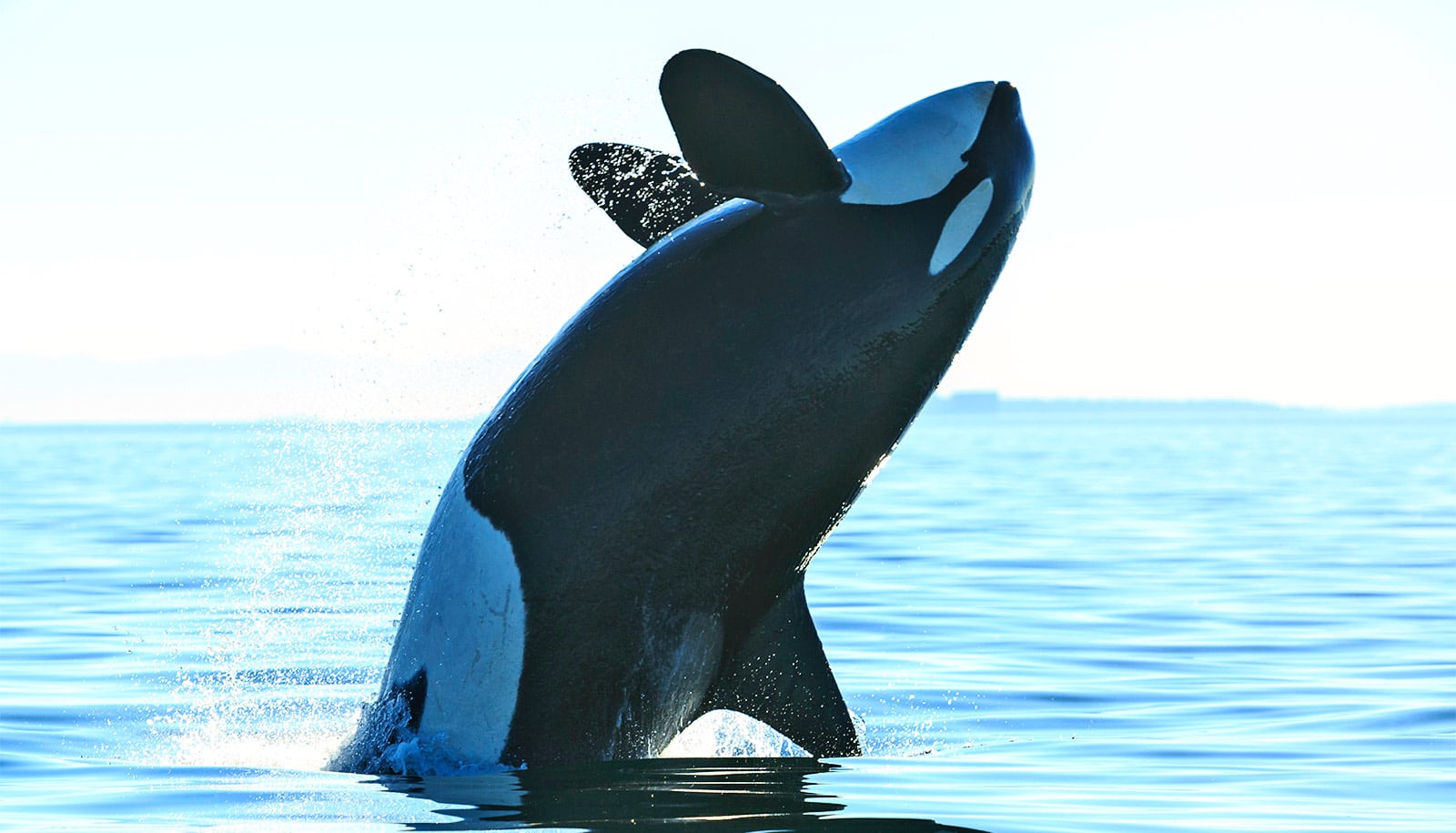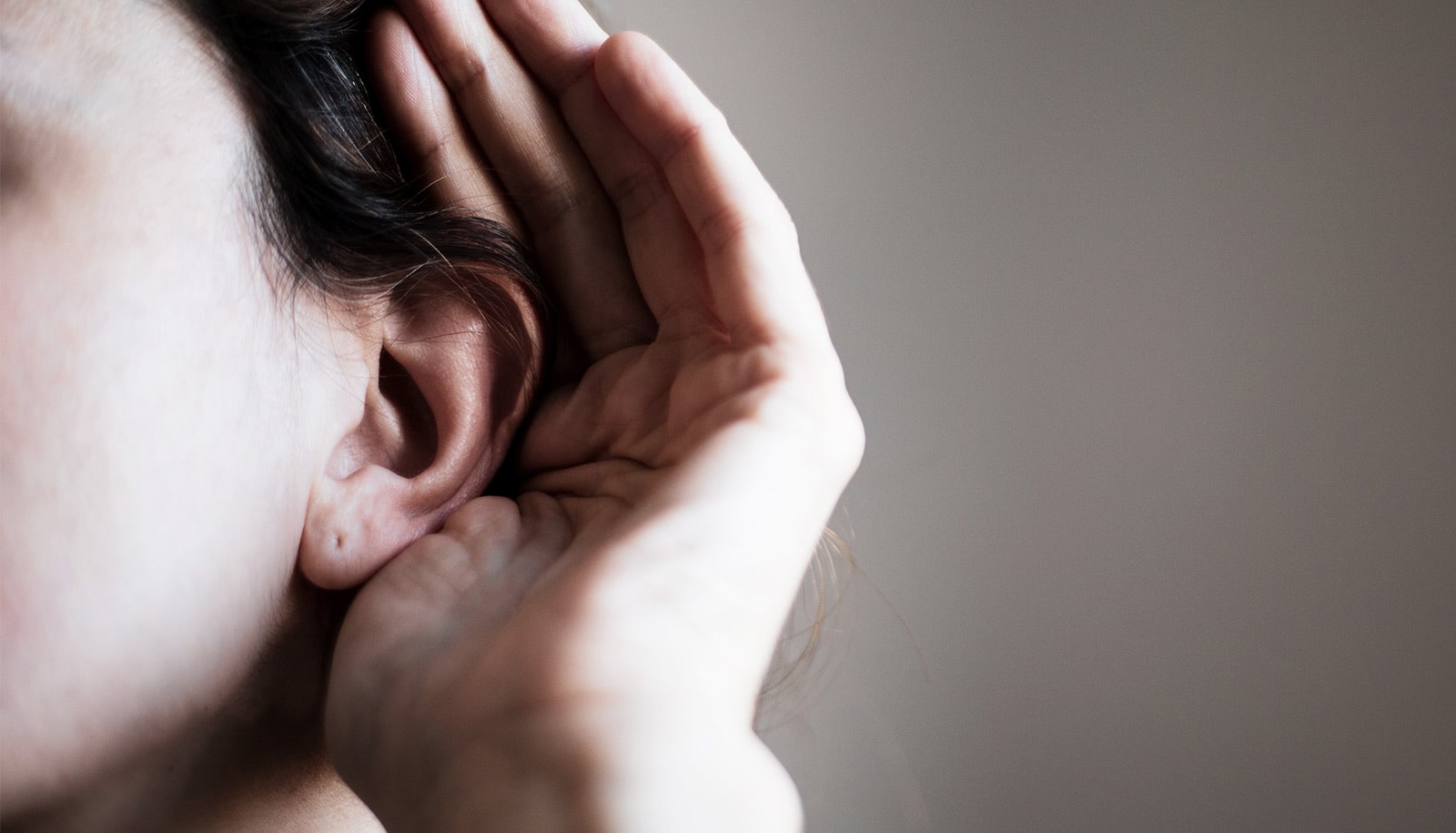A sense of purpose in life—whether it’s a high-minded quest to make a difference or a simple hobby with personal meaning—can offer potent protection against loneliness, according to new research.
“Loneliness is known to be one of the biggest psychological predictors for health problems, cognitive decline, and early mortality,” says Patrick Hill, associate professor of psychological and brain sciences at Washington University in St. Louis. “Studies show that it can be as harmful for health as smoking or having a poor diet.”
The new study, based on surveys of more than 2,300 adults in Switzerland, found that feelings of loneliness were less common in people who reported a purposeful life, regardless of their age.
The researchers asked respondents to score their feelings on a lack of companionship, isolation from other people, and a sense of being “left out or passed over” during a four-week period. Participants also filled out the six-item Life Engagement Test, which asked them to rate statements such as “there is not enough purpose in my life” and “I value my activities a lot.”
“A sense of purpose is this general perception that you have something leading and directing you from one day to the next,” Hill says. “It can be something like gardening, supporting your family, or achieving success at work.”
Many of the activities that can provide a sense of purpose—joining a club, volunteering at a school, playing in a sports league—involve interaction with others, which is one reason why a purpose-filled life tends to be less lonely. In the study, people who says they received or provided social support were especially likely to report feelings of purpose.
But Hill notes that there’s more to fighting loneliness than simply being around others. “We’ve all had time in our lives when we’ve felt lonely even though we weren’t actually alone.” There’s something about having a sense of purpose that seems to fight loneliness regardless of how many other people are involved, he says.
The study found a slight uptick in reports of loneliness for people in their 70s and beyond, an age when a sense of purpose can be especially important.
“We’re trying to dispel the myth from previous generations that this is simply a time for retiring and resting,” Hill says. “There are no downsides to finding something meaningful later in life.”
Still, it’s important to keep in mind that a quest for purpose can be somewhat self-defeating if taken too seriously.
“Feeling like you need to save the world can lead to existential dread and distress,” Hill says.
When it comes to purpose and meaning, even small things can matter. “It’s OK if someone else thinks that your purpose is trivial, as long as it’s meaningful to you,” Hill says.
The research appears in Psychology and Aging.
Additional coauthors are from the University of Zurich in Switzerland and Tilburg University in the Netherlands.










